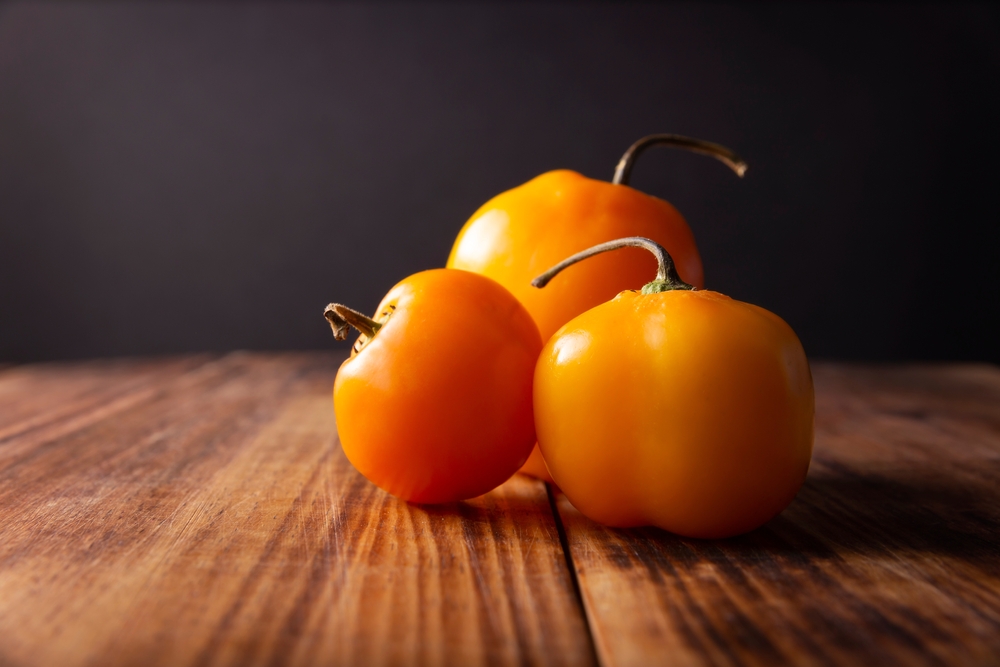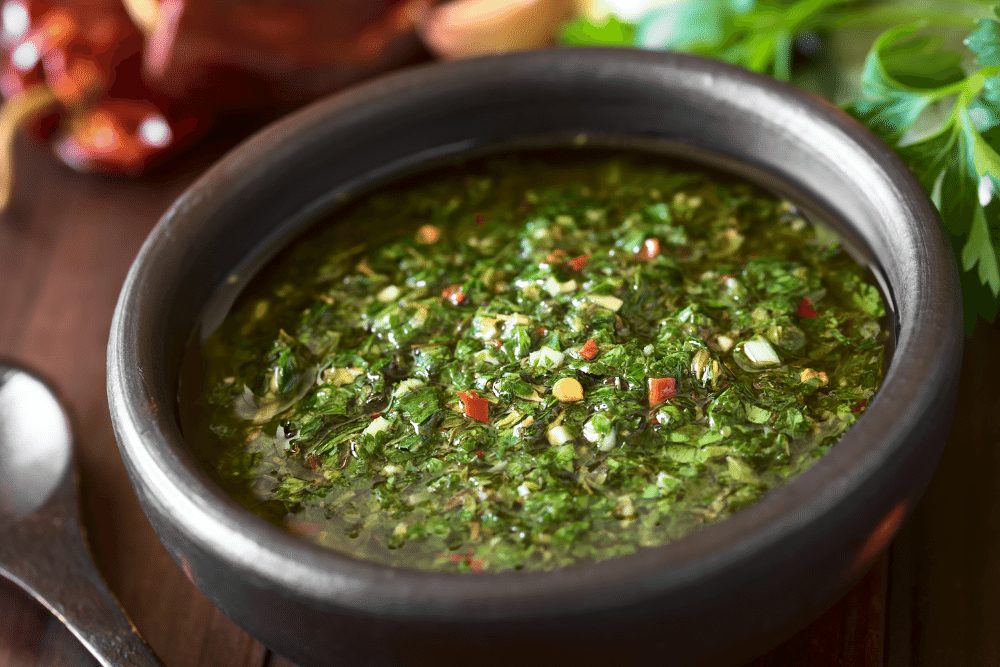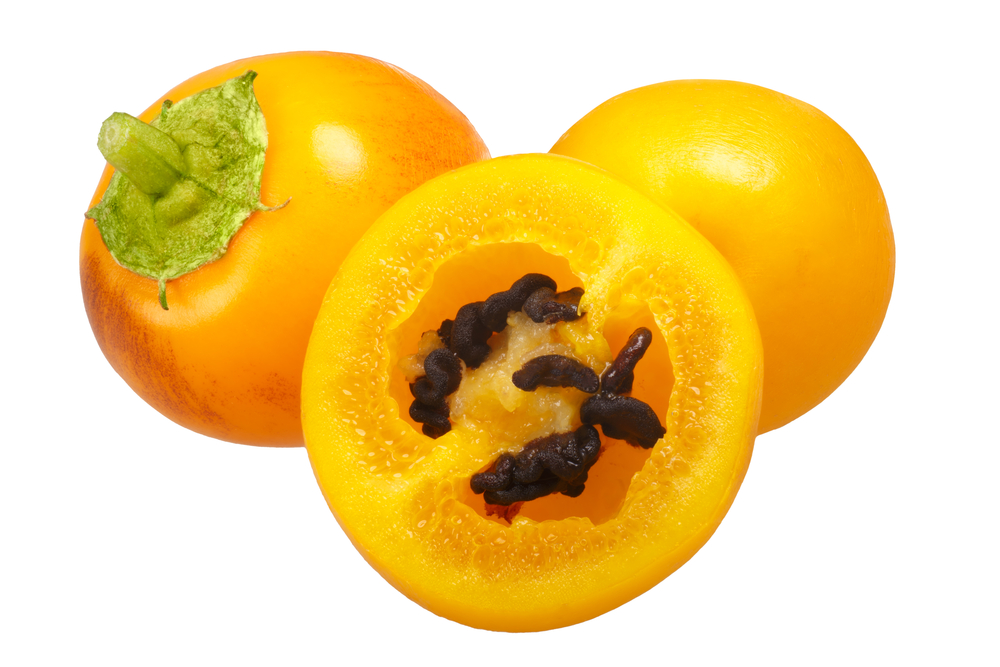Manzano pepper is one of the most domesticated hot pepper plants in history. Its attractive fruity shape, distinctive citrus flavor, thick walls and high heat make it a popular ingredient in South American and Mexican hot sauces, salsa, soups, Rojo and stews.
What Is A Manzano Pepper?
Manzano is a unique hot pepper from South America’s highlands of Bolivia, Chile and Peru. Manzano is a Spanish word that translates to ‘apple’ in English, which the shape of the pepper closely resembles.
The start of the 20th century saw the first introduction of manzano chile in Mexico. It gained popularity, and the cool weather in central Mexico favored manzano pepper farming. This explains why the pepper is readily available in Mexico and rare in other parts of the world.
Also known as Chile Peron, Chile cabalo or Chile camalo, manzano peppers are among the hot chilies that only grow in cool, high-altitude areas.
As the name suggests, it has an apple shape. The manzano pepper is medium-sized and is 1-2 inches long, with a smooth, fleshy, soft texture.
It presents a light green color when unripe and a yellow-orange color on ripening. Manzano peppers have thick, juicy walls that make it enjoyable to eat raw.

Its unique black seeds are a source of healthy natural oils. You can crunch your manzano peppers as a healthy snack or cook them to give your dishes a considerable punch of heat.
For recipes requiring fresh, hot chiles, manzano is an excellent option if you can find them. Unfortunately, it’s not available in dried or powder forms
Are Manzano Peppers The Same As Rocoto Peppers?
Often, people confuse manzano with rocoto peppers, but they are two different chiles. Rocoto mainly grows in Peru and is shaped more like a pear than an apple.
In South America, they call it rocoto, while Mexicans refer to it as ‘manzano’ or ‘chile manzana.’ Rocoto and manzano belong to the same species but are different peppers.
How Hot Are Manzano Peppers?
Manzano peppers are classified as hot chiles. With a range of 10,000-30,000 SHUs on the Scoville scale, it’s a good pick if you love manageable heat in your dishes.
Manzano pepper is three times hotter than red jalapeno (2,500-10,000 SHUs) and almost with the same heat level as chile de arbol pepper (15,000-30,000 SHUs).
Serrano pepper (10,000-23,000 SHU) is slightly milder. The mildest cayenne pepper (30,000-50,000 SHUs) has the same spiciness as the hottest manzano.
Rocoto, manzano’s close relative, has a rating of 30,000-100,000 SHUs, making it three times hotter than manzano.
Are Manzano Peppers Hotter Than Habanero?
Habanero pepper is among the hottest peppers on the Scoville scale rating. Manzano pepper rates 10,000-30,000 SHUs on the Scoville heat index, while hot habanero has a range of 100,000-350,000 Scoville heat units.
This means habanero pepper is 12 times hotter than the manzano chile. In other words, the mildest habanero has a heat level three times that of the hottest manzano pepper.
How To Use Manzano Peppers
You can use manzano pepper raw or cooked. It has thick, high-moisture skin that isn’t good for drying, so most recipes utilize the fresh version.
Let’s explore other ways to use manzano peppers:
- You can serve fresh or pickled manzano chile on your omelet, sandwiches or eggs to get a fresh, fruity, earthy flavor.
- Slice manzano peppers or eat them raw like an apple. Like other chilies, it’s rich in vitamin C, vitamin E, potassium, folic acid and minerals vital for healthy skin, hair and digestive system.
- Put fresh thinly-sliced manzano peppers in your rice or noodles to level-up heat and enjoy the delicious citrus flavor.
- Use chile manzano to spice your hot Mexican sauces. It is also a common ingredient in the Argentinian chimichurri sauce.
- You may use manzana to spice traditional, authentic salsas if you love South-American dishes. Use the seeds, too, as they contain rich natural oils.
- Manzano peppers are splendid when roasted or grilled as a side dish.
- Manzano chile’s thick walls make it excellent for stuffing meats, pork, veggies or any of your favorite foods.
- To add a fruity, earthy flavor with intense heat to your soup, use manzano pepper.
- The distinctive black seeds of manzano chile are excellent for spicing chocolate drinks.
- Manzano pepper is the main spicing ingredient in the traditional Nicaragua-based marakuya salsa.

Where To Buy Manzano Peppers?
Fresh manzano peppers are hard to find outside Mexico or South America. If you live near manzano growing areas, you can buy in most grocery stores, supermarkets or farmers’ markets.
Additionally, you may find manzano peppers if you live in a country with Mexican/international markets.
You can also get manzano seeds or pickled manzano peppers from Amazon and use them in your recipes. If you are lucky to get fresh ones, choose healthy ones with soft, pliable stems.
Why Are Manzano Peppers Special?
Aside from the attractive shape and flavor, manzano peppers have unique features not found in other peppers:
Cool-weather pepper –They are resistant to low temperatures, making it easy for them to thrive in high-altitude regions. Cold hardiness is a characteristic of capsicum pubescens species.
This is unlike peppers from the popular capsicum annum species that require warm temperatures and sunlight to grow. However, manzano chile plants need protection from extreme frosty conditions.
Fuzzy leaves – Manzano pepper plants have hairy, fuzzy leaves for adaptation to cold weather. This also makes them unique-looking plants that can be used for ornamental purposes.
Black seeds – Manzano chile has unique, sizeable, round black seeds rich in oils.

